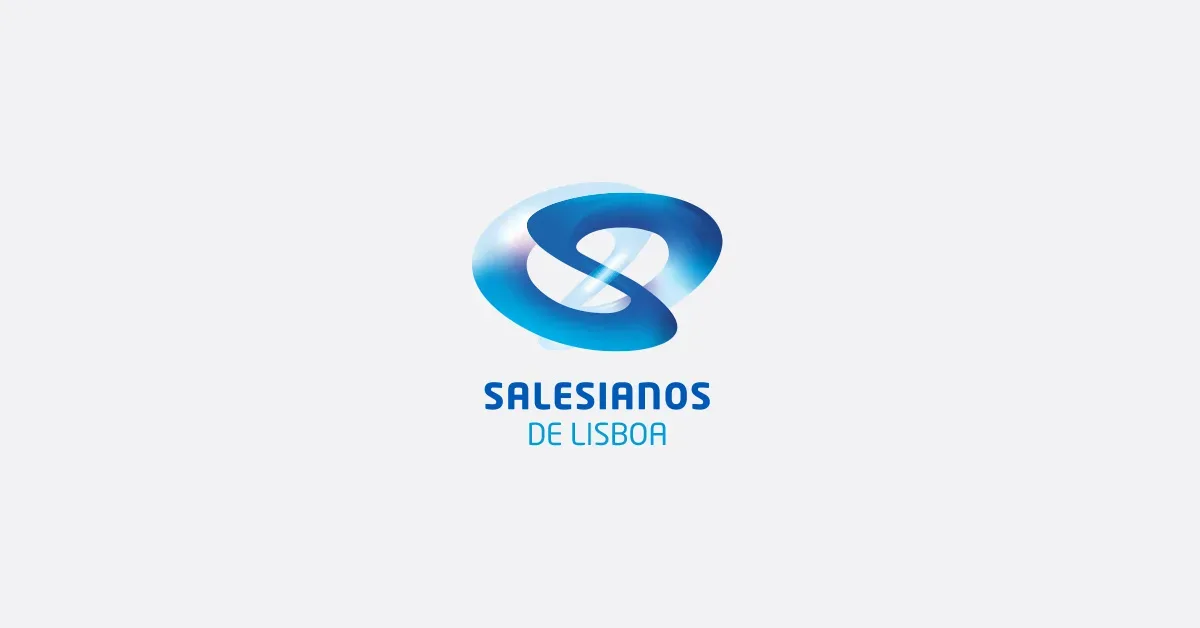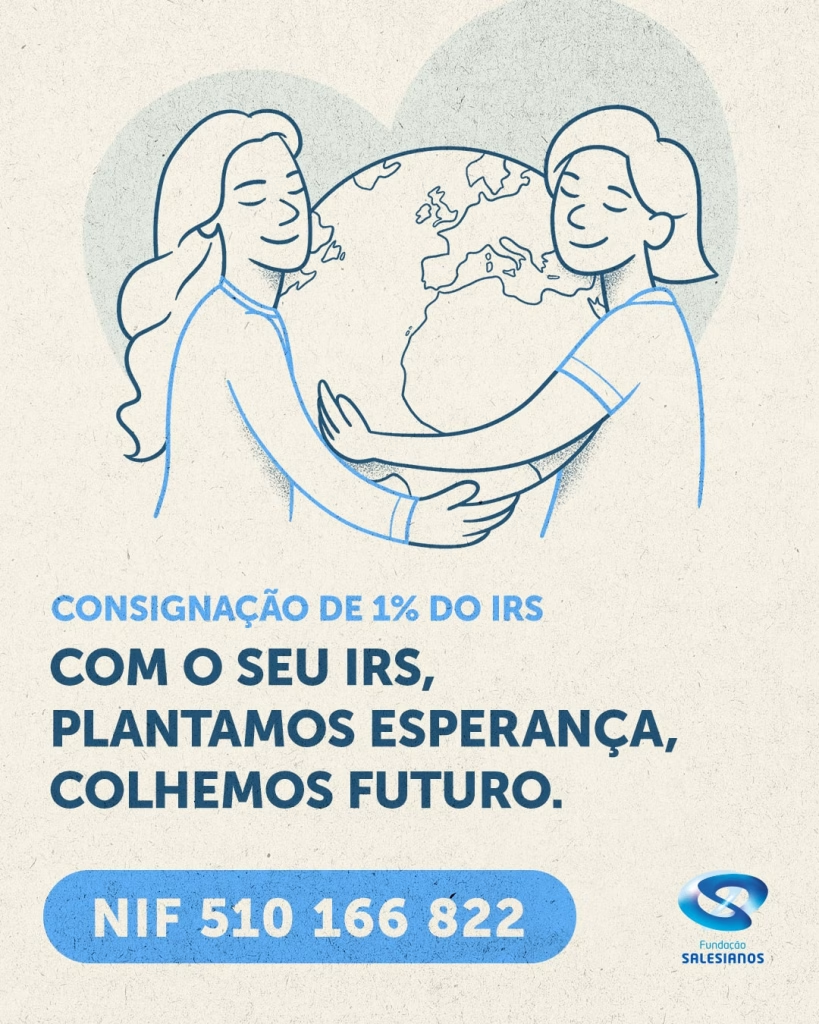 It’s an exciting time for technology in education. Global tech companies such as Google, Amazon and Microsoft are promoting adaptive teaching systems to give each student a personal tutor that responds to their personal needs and ability. Machine learning systems can analyze data from online learning platforms to predict a student’s future performance. Virtual reality offers alternative worlds of historical re-enactmentand scientific wonder. Even drones have been recruited to the teaching of geography.
It’s an exciting time for technology in education. Global tech companies such as Google, Amazon and Microsoft are promoting adaptive teaching systems to give each student a personal tutor that responds to their personal needs and ability. Machine learning systems can analyze data from online learning platforms to predict a student’s future performance. Virtual reality offers alternative worlds of historical re-enactmentand scientific wonder. Even drones have been recruited to the teaching of geography.
But technology alone won’t solve the deep problems of education. The reason is simple. What thrives in the lab rarely survives in the jungle of a school classroom or university lecture hall. Adaptive learning systems may work for a week or so, but students soon get bored with mechanised tutors and teachers struggle to cope with students progressing at different paces. Predicting future performance through machine learning is fine, but how do you use the results? What do you tell a student who is predicted to fail the next exam? Virtual reality is a cool device for an inspiring lesson, but how does a school or university cope with a cupboard full of virtual reality headsets, all needing to be untangled and charged ready for use? And how do you manage a class of students stumbling around with their heads in VR boxes, or waiting in line for their turn to view ancient Rome?
After 40 years of technologies for learning – educational television, language labs, classroom response systems, programmable robots – the only specifically educational technology that is widespread in schools is the electronic whiteboard. A review of evidence for interactive whiteboards (IWB) in schools found that they may alter how teaching happens in school classrooms and may increase the motivation of teachers and student, but the studies of IWB show “no significant or measurable impact on achievement”. The most important piece of technology for schools over the past decade is not improving students’ performance. However, the report concludes that “in the hands of a teacher who is interested in developing the independent, creative, thinking skills of their students, (the IWB) will be used to further these purposes … It’s not what you use, it’s how you use it.”
It’s not what you use, it’s how you use it. We need to focus on how teachers use technology, not just the technology alone. The key to this is pedagogy. By ‘pedagogy’, I mean the theory and practice of teaching, learning and assessment. A teacher with effective pedagogy can make a success from even the most mundane technology, or no technology at all.
We now know far more than we did even 10 years ago about which teaching and learning methods are successful. Here’s a quiz for you. Which of the following study approaches are effective (yes, all of them can work in some contexts, but which ones are generally useful)? The answer is at the end of this article (for the evidence, see ‘Learning the Smart Way’ by Paul Kirschner and Mirjam Neelan).
o Learning spaced over time, instead of all at once
o Questioning what you have learned
o Using mnemonics (keys) to remember content
o Highlighting and underlining key information
o Letting study and practice of topics overlap
The ‘big four’ overarching pedagogies, with firm evidence from classrooms studies, are: feedback for learning, cooperative learning, visible learning and personalized learning. Giving a student immediate feedback on performance, especially in online learning, is one of the most effective ways of improving retention and exam scores. Cooperative learning – through group projects and collaborative research – is the great success story for education of the past fifty years. It works best when students have shared goals, know when and how to contribute, share rewards, and can reflect on their progress. Visible learning involves students setting explicit goals, the teacher seeing how each student is progressing, and each student understanding what the teacher requires. Personalized learning works best when students have group as well as personal tasks, the classroom is designed to support personalized acitivty, and students can discuss their performance.
Within these generally successful approaches to teaching, learning and assessment, there are many novel methods and techniques. I’ve compiled 40 of them into a new book: Practical Pedagogy: 40 New Ways to Teach and Learn. Some of these pedagogies will be familiar to every teacher, such as ‘learning to learn’ and ‘learning through storytelling’, but are being developed in new ways through technology. Others, such as ‘spaced learning’ and ‘teachback’ have been tried at small scale and now need more widespread use. And some, such as ‘translanguaging’, ‘stealth assessment’ and ‘rhizomatic learning’, offer ideas for the future.
Put innovative pedagogies together with new technologies and you have a powerful brew. Take, for example, flipped learning where students are introduced to a topic through instructional videos then explore the topic in more depth in the classroom. There’s now good evidence that flipped learning is effective, providing the classroom time is used for cooperative learning. Flipped learning combines two of the big four pedagogies – the students do personalized learning while watching, pausing and reviewing the video, then they engage in cooperative learning and problem solving for the classroom lessons.
What happens when the order of flipped learning is changed, so students start by exploring the topic in a group activity, then watch an instructional video? It turns out this is even more successful. Students who worked together to explore a complex new topic then watched a mini-lecture significantly out-performed those who watched the lecture before carrying out the hands-on group activity. One explanation is that the students who first watched the lecture were restricted to exploring what they had been taught, but those who explored first ranged more widely in their activity and discussion.
Technology is a central to flipped learning. The instructional material is delivered through online video and the group activity for the ‘explore first’ study was carried out on an interactive tabletop display. But the technology is in the service of pedagogy. Also, the key technology for flipped learning – instructional video – is controlled by the learner, not the teacher. Flipped learning is just one example of an effective pedagogy. If we first understand how students learn and how to teach effectively through practical pedagogy, then we can make good choices about which technologies to adopt.
Written by Mike Sharples.
Mike Sharples is Emeritus Professor of Educational Technology at The Open University, UK.





